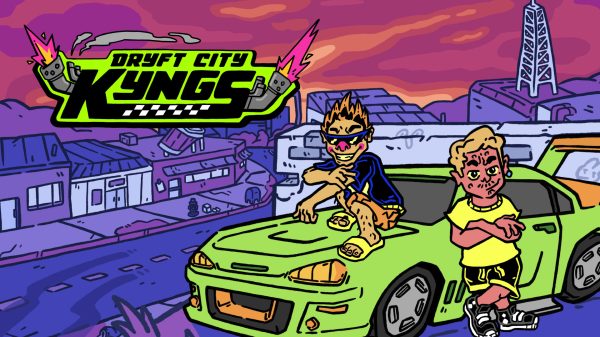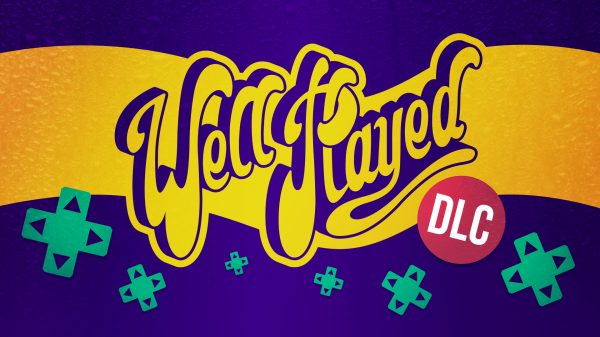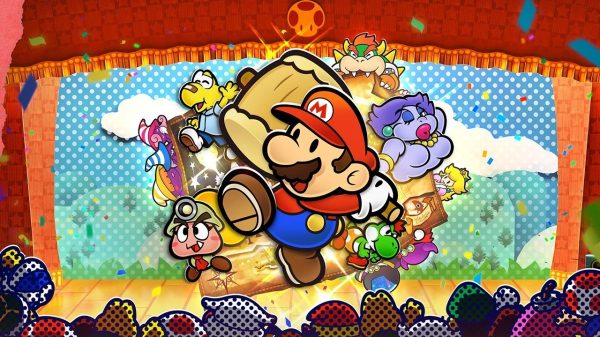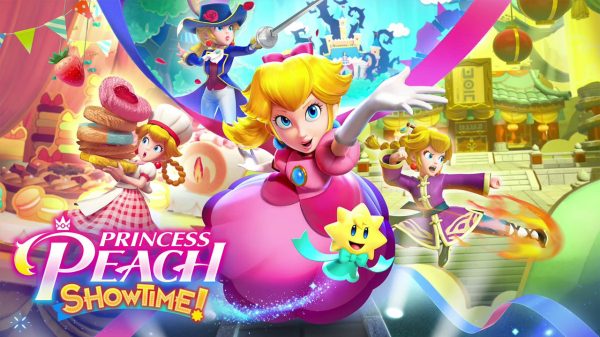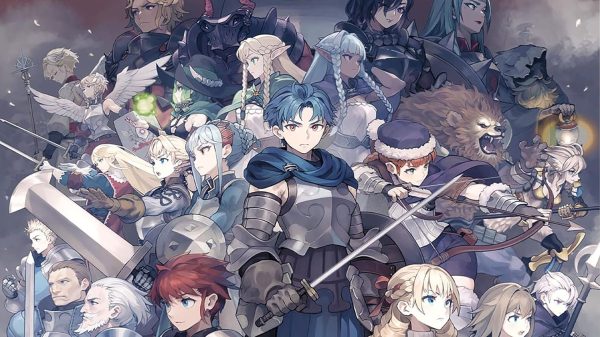Paper Mario: The Thousand-Year Door is a remake of the 2004 Gamecube classic and is a long-awaited, new experience for me. It proves to be a memorable and hilarious jaunt to rescue Princess Peach under very different circumstances from the typical castle-clearing expeditions in the Mushroom Kingdom. On the other hand, I’ve spent the better part of 40 hours deliberately trying, praying, to avoid combat. I’m elated that this dazzling Mario title portrays Nintendo’s mascots in a way that fans shouldn’t miss, but I’m left feeling ambivalent about some rather significant legacy gameplay flaws that are hard to ignore 20 years after the original release.
Making a positive first impression is something that Fire Emblem developer Intelligent Systems has done masterfully here. The papercraft art is immediately timeless. The backgrounds and landscapes here are appropriately low-fidelity and, of course, flat. Every layer of the 2.5 presentation is stylised in such a way as to better complement this world of cardboard. The game’s seven locations branching off from the home hub of Rogueport and its colourful pirates are notably distinct. The Glitz Pit is an extravagant fighting tournament in the wealthy city of Glitzville. The psychedelic glades of the Boggly Wood and its novel Pikmin-driven puzzles are delightfully at odds with any thematic throughline this game sets up. You can probably have a good guess what makes a place called Twilight Town unique, but you wouldn’t be accounting for the curse that is turning its shadowy denizens into pigs. While there is only a vague notion of a grand adventure with high stakes driving this plot, it is a joy to discover all these weird and flavourful locations that break the mould of what is expected in a Mario game.

You fookin’ what, mate?
The writing and localisation of this casual roleplaying game are consistently impressive. For a Mario game to have a playtime as long as 40 hours is one thing, but for it to continually reward progress with charming new character writing is a real feat for any RPG, let alone a Mario game. Along with the humour of the writing is a consistent charm that is brought forth from the shady folks Mario finds coming through Rogueport. Our guided tour out of the Mushroom Kingdom and into a world of petty crime and rogue shenanigans gives the IP enough distance to take some comedic license at the expense of the revered, sacrosanct characterisation of these mascot characters. I raised my eyebrows more than a few times at the raunchiness that has made it into our English version. While it is not unusual for random characters to celebrate Mario as the epitome of masculinity in his RPG spin-offs, how femme characters treat him here is something else. You can expect that the single ladies found on Mario’s journey are likely to treat him like a sex icon. Certain original characters here revere him as a kind of Ron Jeremy-cum-Burt Reynolds. It’s wild and I loved it.
But by the time I reached the second half of the game, I found that my chuckling good times weren’t enough to distract me from some concerns I began to have about the core gameplay. There’s a rudimentary fast travel system that doesn’t properly address how often this game has players repeatedly trudging left and right through explored, exhausted areas. A particularly notable late-game chapter simply gives up the charade and has the player arbitrarily backtracking across this world’s many areas again on a wild goose chase to little effect. The reward tap is turned off for these returns, and though later player powers can open up secret areas, the rewards are often redundant. Troubles, this game’s version of side quests, also fall into this trap of sending players back through areas they’ve exhausted for menial fetch quests. One notable side quest has the player effectively replaying an entire chapter all over again. It was not worth it, especially considering it was one of the few solely combat-focused chapters.

Whoa!
Now I break some hearts by saying why that’s a problem. Surprisingly for this lauded developer of turn-based masterpieces, combat is not this game’s strength. It has little of the curiosity or experimentation shown in the crafty art and surprisingly cheeky writing. It gets the job done but chugs away while doing it. Every animation takes its time to resolve, and with intros and outros to combat encounters, fights against unrewarding enemies, often feel disproportionately long and involved. Combat plays out in turns with the player’s abilities requiring a simple timed input rhythm mini-game. By the credits, I’ve only seen about a dozen or so variations of these input mini-games. There are over eighty badges that can be equipped and represent new attacks and abilities, but they’re mostly passive or outright supersede existing abilities with the same input check.
After hundreds of combat encounters, the lack of variety in how the player executes their turn is tiring. Fights generally feel like an unrewarding interruption between the game’s best moments, especially considering enemies don’t scale to stay rewarding. As soon as you have to backtrack through your most recent chapter, sweating out over each drawn-out combat minigame, you’re rewarded with a laughable pittance of experience towards your next level (if at all). By the end, it felt like the game was scolding me for wasting my time on encounters rather than successfully avoiding baddies during my explorations. Perhaps I should git gud, but outside of the fun theatrical boss fights which present the only fine-tuned mechanical challenge, there’s just not much difficulty here to satisfy the drawn-out effort of battle.

Facing the X-Nauts are generally the game’s better fights
Final Thoughts
Where most Mario games will leave a smiling impression between bouts of frustration, this Paper Mario entry wants you to be laughing out loud as well. I’m just worried that the humour might not carry everyone to the finish line in light of repetition, laborious backtracking and uninteresting combat. But there’s no denying that this remake is polished to the smoothest presentable sheen, leaving a first impression I still love, even though it burned me out long before the credits.
Reviewed on Nintendo Switch // Review code supplied by publisher
Click here for more information on WellPlayed’s review policy and ethics

- Nintendo
- Nintendo
- Switch
- May 23, 2024









